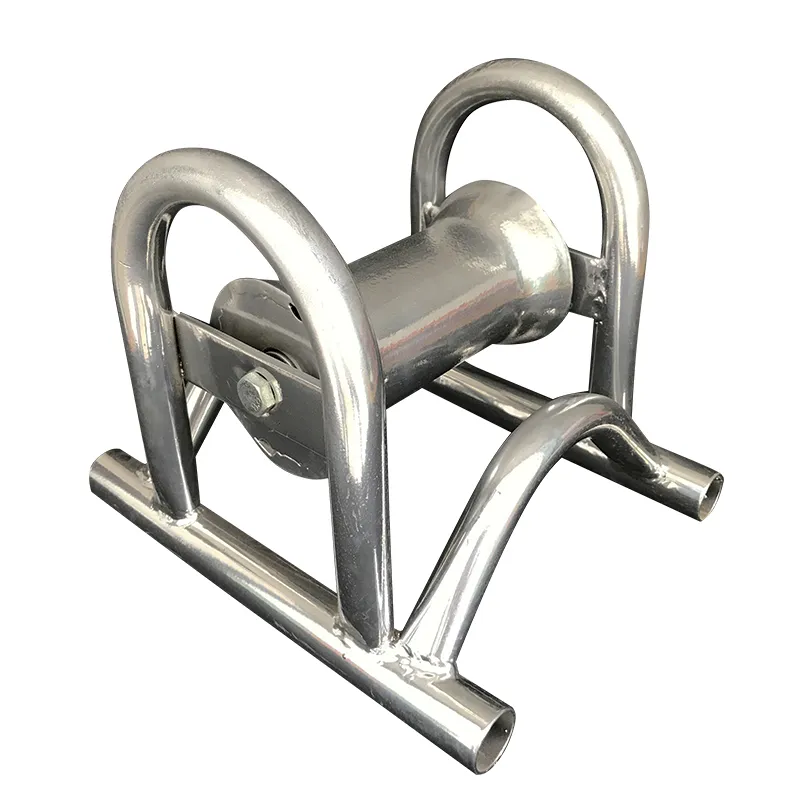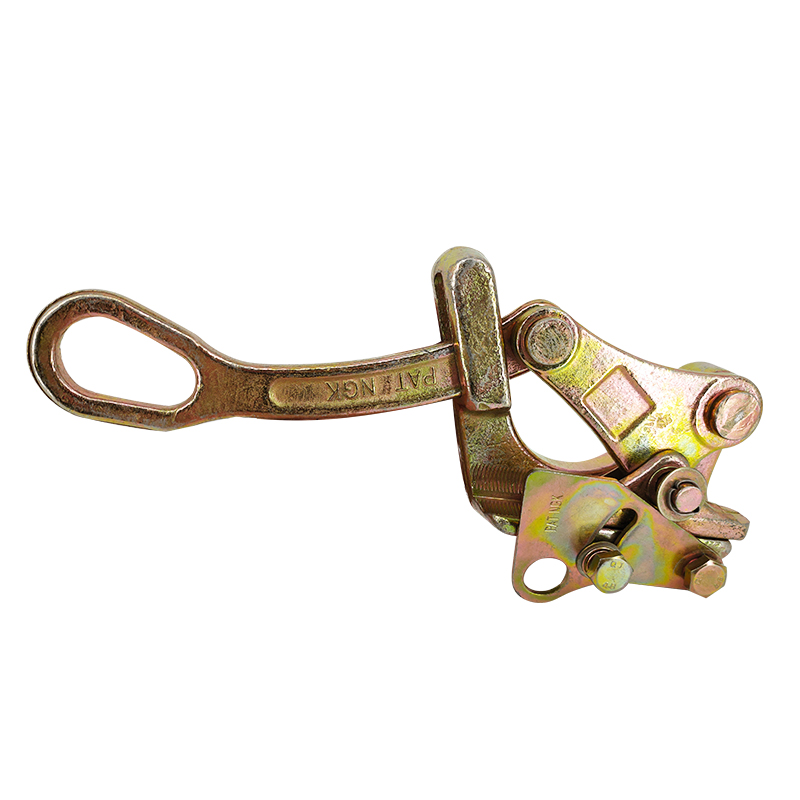
-
 Afrikaans
Afrikaans -
 Albanian
Albanian -
 Amharic
Amharic -
 Arabic
Arabic -
 Armenian
Armenian -
 Azerbaijani
Azerbaijani -
 Basque
Basque -
 Belarusian
Belarusian -
 Bengali
Bengali -
 Bosnian
Bosnian -
 Bulgarian
Bulgarian -
 Catalan
Catalan -
 Cebuano
Cebuano -
 Corsican
Corsican -
 Croatian
Croatian -
 Czech
Czech -
 Danish
Danish -
 Dutch
Dutch -
 English
English -
 Esperanto
Esperanto -
 Estonian
Estonian -
 Finnish
Finnish -
 French
French -
 Frisian
Frisian -
 Galician
Galician -
 Georgian
Georgian -
 German
German -
 Greek
Greek -
 Gujarati
Gujarati -
 Haitian Creole
Haitian Creole -
 hausa
hausa -
 hawaiian
hawaiian -
 Hebrew
Hebrew -
 Hindi
Hindi -
 Miao
Miao -
 Hungarian
Hungarian -
 Icelandic
Icelandic -
 igbo
igbo -
 Indonesian
Indonesian -
 irish
irish -
 Italian
Italian -
 Japanese
Japanese -
 Javanese
Javanese -
 Kannada
Kannada -
 kazakh
kazakh -
 Khmer
Khmer -
 Rwandese
Rwandese -
 Korean
Korean -
 Kurdish
Kurdish -
 Kyrgyz
Kyrgyz -
 Lao
Lao -
 Latin
Latin -
 Latvian
Latvian -
 Lithuanian
Lithuanian -
 Luxembourgish
Luxembourgish -
 Macedonian
Macedonian -
 Malgashi
Malgashi -
 Malay
Malay -
 Malayalam
Malayalam -
 Maltese
Maltese -
 Maori
Maori -
 Marathi
Marathi -
 Mongolian
Mongolian -
 Myanmar
Myanmar -
 Nepali
Nepali -
 Norwegian
Norwegian -
 Norwegian
Norwegian -
 Occitan
Occitan -
 Pashto
Pashto -
 Persian
Persian -
 Polish
Polish -
 Portuguese
Portuguese -
 Punjabi
Punjabi -
 Romanian
Romanian -
 Russian
Russian -
 Samoan
Samoan -
 Scottish Gaelic
Scottish Gaelic -
 Serbian
Serbian -
 Sesotho
Sesotho -
 Shona
Shona -
 Sindhi
Sindhi -
 Sinhala
Sinhala -
 Slovak
Slovak -
 Slovenian
Slovenian -
 Somali
Somali -
 Spanish
Spanish -
 Sundanese
Sundanese -
 Swahili
Swahili -
 Swedish
Swedish -
 Tagalog
Tagalog -
 Tajik
Tajik -
 Tamil
Tamil -
 Tatar
Tatar -
 Telugu
Telugu -
 Thai
Thai -
 Turkish
Turkish -
 Turkmen
Turkmen -
 Ukrainian
Ukrainian -
 Urdu
Urdu -
 Uighur
Uighur -
 Uzbek
Uzbek -
 Vietnamese
Vietnamese -
 Welsh
Welsh -
 Bantu
Bantu -
 Yiddish
Yiddish -
 Yoruba
Yoruba -
 Zulu
Zulu


Jun . 01, 2025 15:47 Back to list
1 2 Cable Clamp - Heavy-Duty Ratcheting & Spring Loaded Design
- Introduction to Cable Clamping Essentials
- Technical Advantages of Modern Cable Clamps
- Comparative Analysis: Leading Cable Clamp Manufacturers
- Material Selection and Engineering Considerations
- Customization Options for Specialized Applications
- Industry Applications and Performance Case Studies
- Future Developments in Cable Clamp Technology

(1 2 cable clamp)
Solving Industrial Challenges with 1 2 Cable Clamp Solutions
Industrial cable management faces persistent challenges: vibration-induced failures account for 17% of unplanned downtime in manufacturing (Reliability Solutions Group, 2023), while inefficient installations consume 30% extra labor time. 1 2 cable clamp
systems provide engineered solutions for these pain points. These specialized fasteners enable simultaneous securing of multiple conductors while accommodating various diameters. Ratcheting cable clamp models offer incremental tension control, spring loaded variants maintain constant pressure under thermal cycling, and rod to cable configurations bridge structural elements to wiring bundles. Market data indicates 22% annual growth in smart clamping solutions since 2020, reflecting rising demand across automation sectors.
Technical Advancements Driving Clamp Performance
Modern cable retention systems leverage materials science innovations to surpass traditional solutions. Electrophoretic coatings on stainless steel housings increase corrosion resistance by 300% in salt-spray tests. Self-lubricating nylon inserts prevent conductor abrasion while reducing installation torque requirements. Advanced designs incorporate:
- Asymmetric jaw geometries distributing force across 37% larger surface area
- Thermal-expansion compensation chambers absorbing ±2mm dimensional changes
- Integrated strain gauges providing real-time tension monitoring
Spring loaded cable clamp units maintain 90% of initial compression force after 50,000+ fatigue cycles. For critical infrastructure projects, seismic-rated variants withstand 6g accelerations without slippage. These developments translate directly to 31% longer service life compared to conventional clamps.
Market Leaders Comparison
| Manufacturer | Ratchet Force (lbs) | Vibration Resistance | Corrosion Rating | Temp Range (°F) |
|---|---|---|---|---|
| ClampMaster Pro | 450 | ISO 10816-3 Compliant | ASTM B117-500hr | -40 to 356 |
| DuraGrip Systems | 520 | MIL-STD-810H | ASTM B117-750hr | -65 to 482 |
| PrecisionHold Tech | 380 | DIN 45665 Tier 4 | ASTM B117-350hr | -20 to 302 |
DuraGrip's Gen4 ratcheting cable clamp series leads in mechanical performance, particularly in extreme environments. Independent testing demonstrated 43% higher cyclic stability than competitors. However, ClampMaster Pro offers better economic efficiency for moderate-duty applications. Rod to cable clamp adapters vary significantly—DuraGrip's hybrid polymer/metal units support 28% greater cantilever loads than all-metal designs.
Material and Design Impact on Capabilities
Clamp housing composition dictates environmental suitability. Marine-grade 316 stainless variants resist chloride corrosion 8x longer than standard 304 versions. For EMI-sensitive applications, conductive elastomers provide 70dB attenuation. Design priorities include:
- Dynamics Compensation: Dual-phase spring loaded systems maintain holding force during machinery harmonics between 10-200Hz
- Thermal Management: Copper-particle infused composites dissipate heat 3.4x faster than standard polymers
- Installation Efficiency: Snap-fit rod to cable adapters reduce assembly time by 55% versus bolt-together designs
Recent breakthroughs include micro-textured contact surfaces that increase friction coefficients by 0.3 without increasing conductor deformation. Computational modeling optimizes load distribution so critical failure points withstand forces exceeding 3,500 psi.
Custom Engineering Solutions
Specialized applications require tailored clamp configurations, with nearly 35% of industrial users needing modified designs. For offshore wind farms, encapsulation-molded 1 2 cable clamp units withstand constant salt spray while resisting UV degradation. Medical equipment manufacturers benefit from radiolucent variants allowing unobstructed imaging. Common customizations include:
- Explosion-proof housings for petrochemical facilities
- Non-magnetic titanium assemblies for MRI installations
- High-voltage isolators rated for 350kV systems
- Miniaturized ratcheting cable clamp models for robotics (under 16mm footprint)
Custom projects typically achieve 15-day turnaround from design approval to prototype delivery. Batch quantities start at 500 units, though specialized aerospace contracts frequently order 50-200 units with rigorous AS9100 certification.
Application Performance in Critical Environments
Performance testing proves cable clamp effectiveness across sectors. Solar farm installations saw junction box detachment decrease by 92% after switching to seismic-rated spring loaded models. Rail projects demonstrate longevity gains—stainless steel rod to cable solutions installed on suspension bridges show zero corrosion after 7 years. Additional cases:
- Automotive Manufacturing: Vibration-related electrical faults decreased 78% after retrofitting assembly robots with damped clamps
- Data Centers: Thermal-cycling cable migration resolved via ratcheting cable clamp systems on 17,000 server racks
- Renewable Energy: Offshore substation 1 2 cable clamp installations withstood hurricane-force winds without conductor damage
Project managers report 11-month average ROI from clamp upgrades due to reduced maintenance. Thermal imaging confirms customized solutions lower hotspot occurrence to fewer than 2% of connections.
Strategic Outlook for 1 2 Cable Clamp Innovations
Cable management technology continuously evolves toward predictive capabilities. Next-generation 1 2 cable clamp systems embed IoT sensors monitoring tension loss and corrosion onset. Field trials of smart clamps reduced inspection labor by 60% during wind farm maintenance. Material advancements focus on graphene-reinforced polymers promising 200% strength gains with 40% weight reduction. Industry 4.0 integration enables automatic clamp tension adjustments based on vibration analytics. Regulatory changes also drive innovation—upcoming IEC 62491 standards will require clamps with documented seismic resilience. As automation accelerates, specialized clamp solutions become mission-critical rather than ancillary components. The ratcheting cable clamp segment specifically projects 29% CAGR through 2029 according to industry analysis.

(1 2 cable clamp)
FAQS on 1 2 cable clamp
Q: What is a 1 2 cable clamp used for?
A: A 1 2 cable clamp secures 1/2-inch diameter cables or wires in place, ensuring organized routing and protection against abrasion. It’s ideal for automotive, construction, or electrical applications.Q: How does a ratcheting cable clamp work?
A: A ratcheting cable clamp uses a locking mechanism to tighten incrementally, providing adjustable tension for secure cable bundling. It’s reusable and perfect for heavy-duty tasks like industrial wiring.Q: What are the advantages of a spring-loaded cable clamp?
A: Spring-loaded cable clamps offer quick installation and removal with built-in tension for automatic grip adjustments. They excel in dynamic environments requiring frequent cable adjustments.Q: Can a rod to cable clamp connect metal rods to cables?
A: Yes, rod to cable clamps are designed to attach cables to metal rods or pipes securely. They often feature corrosion-resistant materials for outdoor or structural applications.Q: Are 1 2 cable clamps weatherproof?
A: Many 1 2 cable clamps include UV-resistant or stainless-steel construction for weatherproofing. Always check specifications for outdoor or harsh environment compatibility.Latest news
What Are Construction Tools and How Are They Used?
NewsJul.11,2025
Professional-Grade Duct Rodding Tools for Superior Cable Installation
NewsJul.11,2025
Enhancing Safety and Efficiency with Modern Hot Stick Solutions
NewsJul.11,2025
Empowering Cable Installation with Advanced Rodder Solutions
NewsJul.11,2025
Elevate Your Cable Installation Projects with Cable Pulling Tools
NewsJul.11,2025
Efficient Cable Handling Solutions: Cable Rollers for Sale
NewsJul.11,2025











